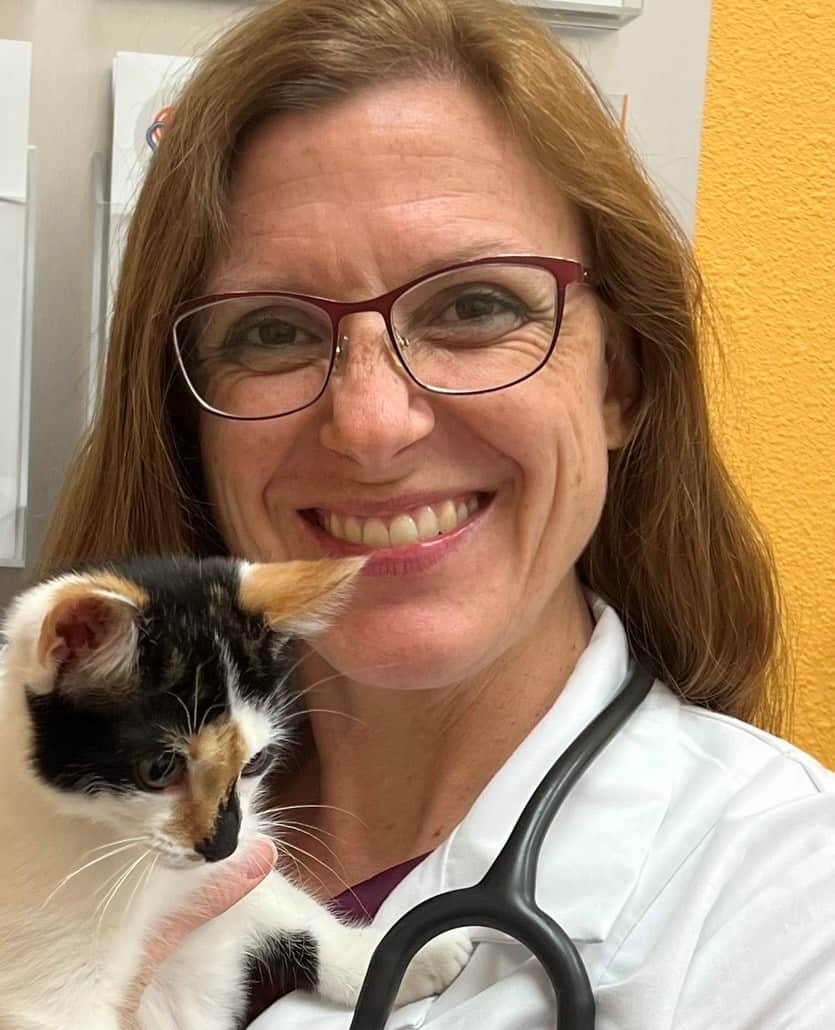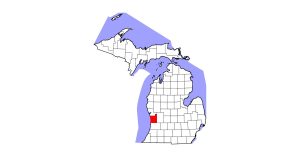The Latest on Equine Regenerative Medicine
Scientists are discovering new applications for biologic therapies when treating wounds, ligament injuries, eye issues, and infertility in horses

Over the past quarter century equine practitioners have increasingly embraced regenerative therapies—techniques that restore, replace, or recreate cells, tissues, or organs to treat or mitigate disease—such as stem cells and platelet-rich plasma (PRP). They primarily reach for these therapies in the musculoskeletal arena, with research supporting their use for treating injuries to structures such as the superficial digital flexor tendon.
Based on a review of the literature, however, several veterinary research teams believe the benefits of regenerative therapies can translate to tissues beyond tendons, ligaments, and joints. Although limited in numbers, those study results suggest veterinarians can also use regenerative therapies in the reproductive, wound care, and ophthalmologic settings. In this article we’ll summarize a handful of recent studies highlighting the potential use of stem cells and platelets in various equine tissues.
MSC Therapy for Suspensory Ligament Branch Desmitis
Suspensory ligament branch desmitis (SLBD) is a common injury causing lameness and decreased performance in Thoroughbred racehorses. This type of injury reportedly confers a poor prognosis for future racing, even if mild. Like other soft tissues, so-called “healed” ligaments are biomechanically inferior to normal, healthy ligaments, leaving them prone to reinjury.
“This is particularly important in Thoroughbreds, as the fetlock joint experiences marked extension during high-speed exercise, placing the SLB under a high amount of tensile load,” says Stefanie Hansen, DVM, MS, assistant professor of large animal surgery at Michigan State University’s College of Veterinary Medicine, in East Lansing.
Because researchers have shown stem cell use might reduce reinjury rates and improve the quality of tendon healing, Hansen and colleagues wanted to know if mesenchymal stem cell (MSC) therapy would have similar benefits in ligament injuries.
They retrospectively reviewed data from 69 Thoroughbreds treated with MSCs for SLBD. After diagnosing SLBD with clinical examination and ultrasonography, veterinarians treated all horses with 20 million allogeneic (collected from a horse that’s not the patient and stored) umbilical-blood-derived stem cells. Also at the time of diagnosis, they harvested bone marrow for stem cell isolation and expansion from each patient.
After initial treatment with allogeneic stem cells, the horses were treated every two to three weeks for a total of three or four times with the autologous (originating from the patient) bone-marrow-derived mesenchymal stem cells (BM-MSCs) in combination with a controlled rehabilitation program. Lameness and ultrasound exams determined when each horse could resume training.
Seventy-one percent of the study horses raced following MSC treatment. For the 20 horses that had raced prior to injury, 90% returned to racing, whereas only 63% of horses with no race history raced following MSC therapy. “We postulate that this lower percentage of racing after injury in horses with no prior racing experience may be partially related to normal attrition,” says Hansen
This story requires a subscription to The Horse magazine.
Current magazine subscribers can click here to and continue reading.
Subscribe now and gain unlimited access to premium content.
Subscribe NowWe at The Horse work to provide you with the latest and most reliable news and information on equine health, care, management, and welfare through our magazine and TheHorse.com. Our explanatory journalism provides an understandable resource on important and sometimes complex health issues. Your subscription will help The Horse continue to offer this vital resource to horse owners of all breeds, disciplines, and experience levels.

Written by:
Stacey Oke, DVM, MSc
Related Articles
Stay on top of the most recent Horse Health news with















